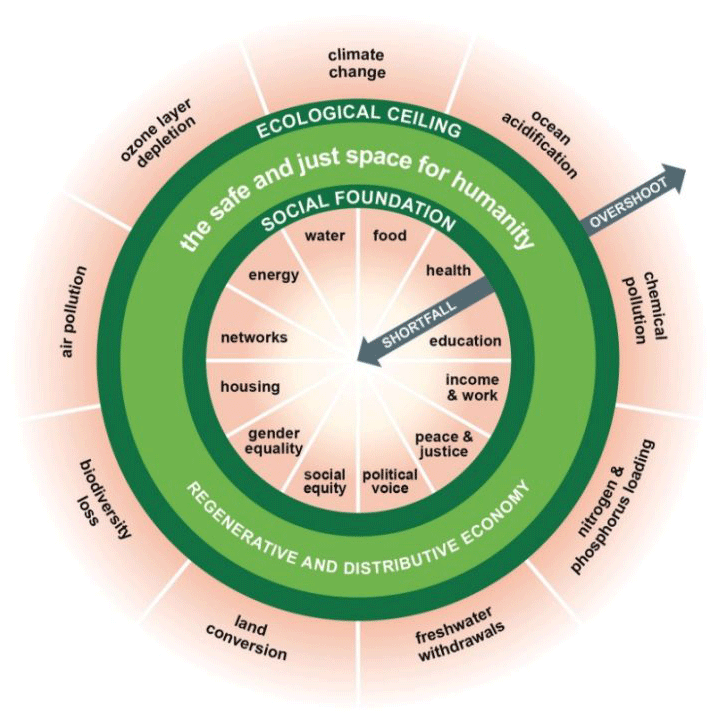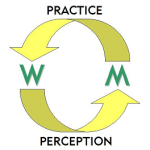
Here’s one iconic symbol we ought to be turning to. You can read all about it in Kate Raworth’s blog and book on Doughnut Economics. The doughnut is an icon well suited to “accounting for what really counts” (the slogan of gnusystems).
Economists and politicians, including our Prime Minister, are still chanting the old mantra of economic “growth” as if it were the panacea which would solve all our problems and improve all our lives. But as soon as you ask what the purpose of an economic system is, as Kate Raworth did, you see that growth does not always serve that purpose, and sometimes works against it. And what’s more, the politicians who have relied on this mantra to manufacture consent for their programs have used it mainly to increase the gap between rich and poor.
Kate’s latest blog post presents the choice between economic “paradigms” in its simplest terms. The old one is based on the belief that people are greedy, insatiable and competitive. The new one is based on the belief that “people are greedy and generous, competitive and collaborative – and it’s possible to nurture human nature.” You’re invited to decide which belief you want to live by.
